Translation is a process in which meaning from one language is translated into another. The language translation process can be classified into four main categories: Machine translation, Literary translation, Legal translation, and multimedia translation. Let’s examine each one in turn. Once you’ve mastered these four categories, it’s time to tackle the more complex ones: machine translation, literary translation, and legal translation. Whether you’re looking for a translation company or a way to translate a document for a client, these tools can be your best bet.
Machine translation
The future of machine translation is bright, but there are still plenty of human translators needed to ensure a high quality result. Even the best machine translation engines can struggle to produce a high-quality result for highly creative or complex content, which is why human translators will always be necessary. Here are some uses for machine translation. You can use machine translation to translate status updates on social media and community forums. The following are just some examples of the many ways it can help you.
In 1946, A. D. Booth and Warren Weaver proposed the use of digital computers to translate natural languages. Their memorandum had a strong impact on machine translation research. In 1954, researchers at Birkbeck College demonstrated the use of a machine that translated English into French. The concept gained much attention and several papers were published at the time, and articles appeared in popular journals. Today, machine translation is an integral part of global business and communications.
Literary translation
Literature has many forms and languages. Literary translation is one such genre. While the original language is the primary source, translations often include elements from other languages. Literary translation has evolved into an academic discipline that incorporates theoretical perspectives and methodologies from other fields. Chantal Wright’s book, Literary Translation: A Guide to the Art of Translation, introduces this discipline and offers examples of successful literary translation. Here, we explore the various ways literary translation can be used in creative writing.
A literary translation involves translating the original text into another language, enabling a wider audience to enjoy the work. A literary translation can be necessary for such texts as the ancient Middle Eastern poem, Gilgamesh, which is composed in a language that is unknown to most of us. Other literary translations include an Invitation to World Literature, which includes translations of such works as “The God of Small Things” and “Things Fall Apart.”
Legal translation
Language translation can be classified into two categories: general language translation and legal translation. Legal translation is more specific, involving a person’s legal documents. Typically, legal translation involves the use of a foreign language. This type of translation involves ensuring that all relevant information is conveyed in the target language. However, legal translation can be performed by anyone, regardless of their level of education. Below are some steps to take when hiring a legal translator.
The first step is to determine the language of the source material. If possible, choose a language that is widely understood by the target audience. A bilingual translator will often be able to understand the legal content better. A legal translator’s skills will determine whether the document is accurate. They should be able to understand the legal terminology and understand the context of the subject matter. If they do not, they may have trouble interpreting legal content. Therefore, legal translation professionals must learn how to deal with cultural differences and the nuances of the target language.
Multimedia translation
Multimedia translation, also known as audiovisual translation, is the process of converting and delivering multimodal texts. Such content can include images, animation, videos, and audio pieces. Multimedia translation is essential for these formats, as they cannot have the same impact if they are not rendered into the target language. It also helps organizations to reach out to international audiences who speak different languages. Here are the reasons why multimedia translation is essential for healthcare organizations:
Language insights: By analyzing a piece of multimedia content, a professional translator will be able to accurately translate its content and make it understandable in another language area. Professional translation services consider cultural, linguistic, and speed considerations as well as subtitles. With years of experience, a professional multimedia translator can bring a multimedia content to life in any language. Conventional translation techniques tend to be literal and preserve the content’s structure and style.
Adapted translation
Adaptation is a creative process that attempts to restore a balance in communication disrupted by conventional translation. Its definition must be carefully examined in order to properly determine whether it should be used. Adaptation can only be deemed appropriate when it maintains the meaning of the source text, is linguistically and culturally appropriate, and meets other requisites. Adaptation is a legitimate strategy for translating works of different genres and cultures.
In the process of translating a work of art, the translators often choose not to translate its original language. They instead choose to adapt it for the target language audience. While the translator will draw inspiration from the original text, he or she will also deviate from the source language’s register and style. The goal of adaptation is to retain the essence of the original text while enhancing its reception among the target audience. Here are some common characteristics of an adapted translation:



